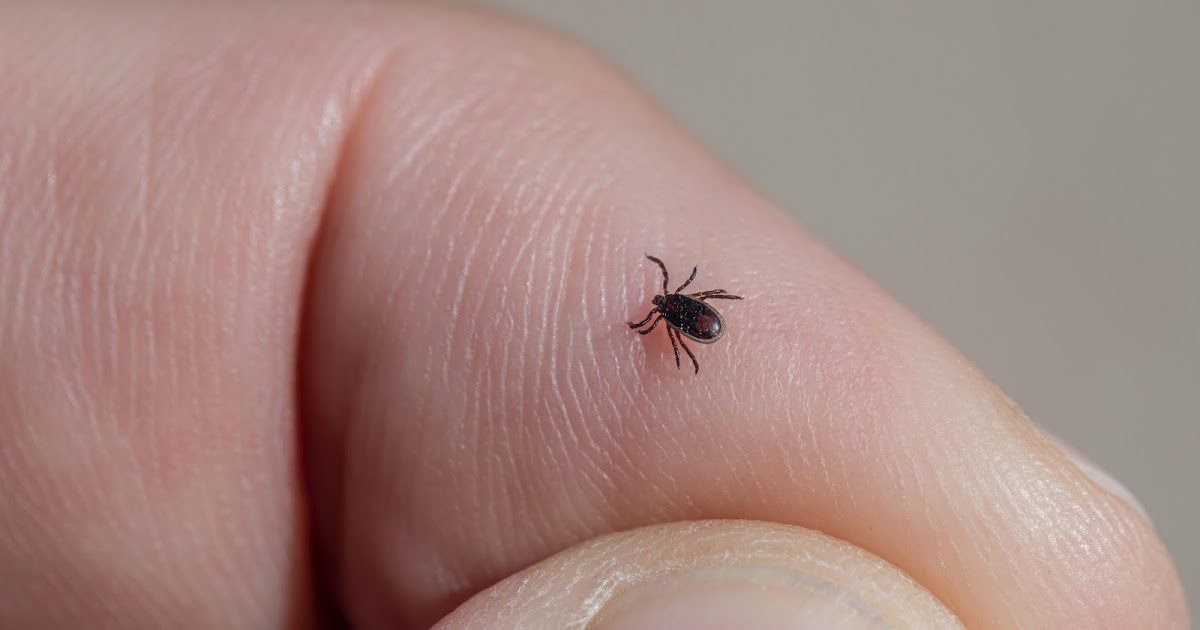How to Protect Yourself from Ticks

New York State is known as a popular
destination for outdoor activities, such as hiking, camping,
and enjoying wildlife, but with spending time outdoors comes the risk of
exposure to ticks. While it is possible to come in contact with ticks
year-round, ticks are most commonly encountered in the warmer months of the year, from April through
September.
Since ticks are so small, they usually go unnoticed when climbing on
you and you may not know when you are exposed. It’s important to be cautious
and lookout for ticks anytime you are outdoors—especially in New York State. Continue reading to learn five
tips to keep you protected from ticks!
Dress Appropriately
One of the most effective methods to protect yourself from tick bites is by wearing clothing that covers your body, namely your
arms and legs. It is best to wear long sleeves, long pants, tall socks, and
shoes. With most of your body being covered, it is much harder for ticks to
have access and attach to your skin. It is also recommended to wear light
colored clothing to make crawling ticks easier to spot and less likely to blend
in. If any ticks are found on your clothes, you should remove them with a pair
of tweezers and place them in a sealed plastic bag. You can also wash and dry your clothes in high temperatures
to kill ticks.

Be Aware of Tick
Habitats
Ticks can’t fly or jump but they are mighty
crawlers, and it is possible to come into contact with them anywhere outdoors.
Ticks latch on to whatever brushes against them—meaning, in some cases, your
arms and legs. Ticks are commonly found in areas such as wooded or brush
environments, but they also live in areas with tall grass, brush, and leaf
litter. It is smart to be cautious about where you are walking anytime you are
outdoors, whether that be camping, hunting, gardening, or walking your dog. A tick check is recommended following
any time spent outdoors.
Know Where to Look for Ticks
After you spend any time outdoors, you should
do a full-body check for ticks. Ticks can crawl to any part of the body, but
they prefer to attach to warm, soft areas. Some of the most common areas to
check for ticks are the scalp, neck, belly button, in the ears or around them,
behind the knees and under the arms. Some ticks are very small, and hard to
spot. Certain areas may be difficult to see, but by using a mirror or asking
someone to help, you should be able to check all areas. Taking a shower after
spending time outdoors can also wash off any unattached ticks you may have
missed.

Protect Your Pets from
Ticks
Not only are we as humans susceptible to tick
bites and the associated risks, but it is also common for ticks to attach to dogs and cats when they spend time
outdoors. Ticks prefer warm areas, and they are commonly found around a pet’s
tail, under the collar, in and around the ears, and in between toes. There are
ways to avoid tick exposure with your pets, including medication, tick collars,
or natural prevention. You can lower the amount of ticks in your backyard by keeping
the grass short and preventing other animals from coming into your yard
that might be carrying ticks, such as deer or raccoons.
How to Remove an Attached Tick
If you notice a tick attached to your body,
the first thing you will want to do is remove it. There are plenty of different
tick removal devices, but tweezers have developed a reputation as a popular and
accessible tool in removing ticks. The
CDC recommends removing ticks using fine-tip tweezers by pinching as
close to the skin as possible, with an upward steady pressure and without
twisting. You should make a careful effort to remove the tick in one piece to
avoid missing any parts of the insect in your skin.
After removing the attached tick, watch for
signs of sickness in the following days and weeks. While not every tick bite
results in sickness; depending on where you live and how long the tick was attached,
you may be susceptible to tickborne illness. If you become sick or notice any
symptoms, contact your healthcare provider as soon as possible.
Removing pests is one of the less glamorous
responsibilities of a homeowner. Stay proactive in keeping your home pest-free
by reading these tips!








